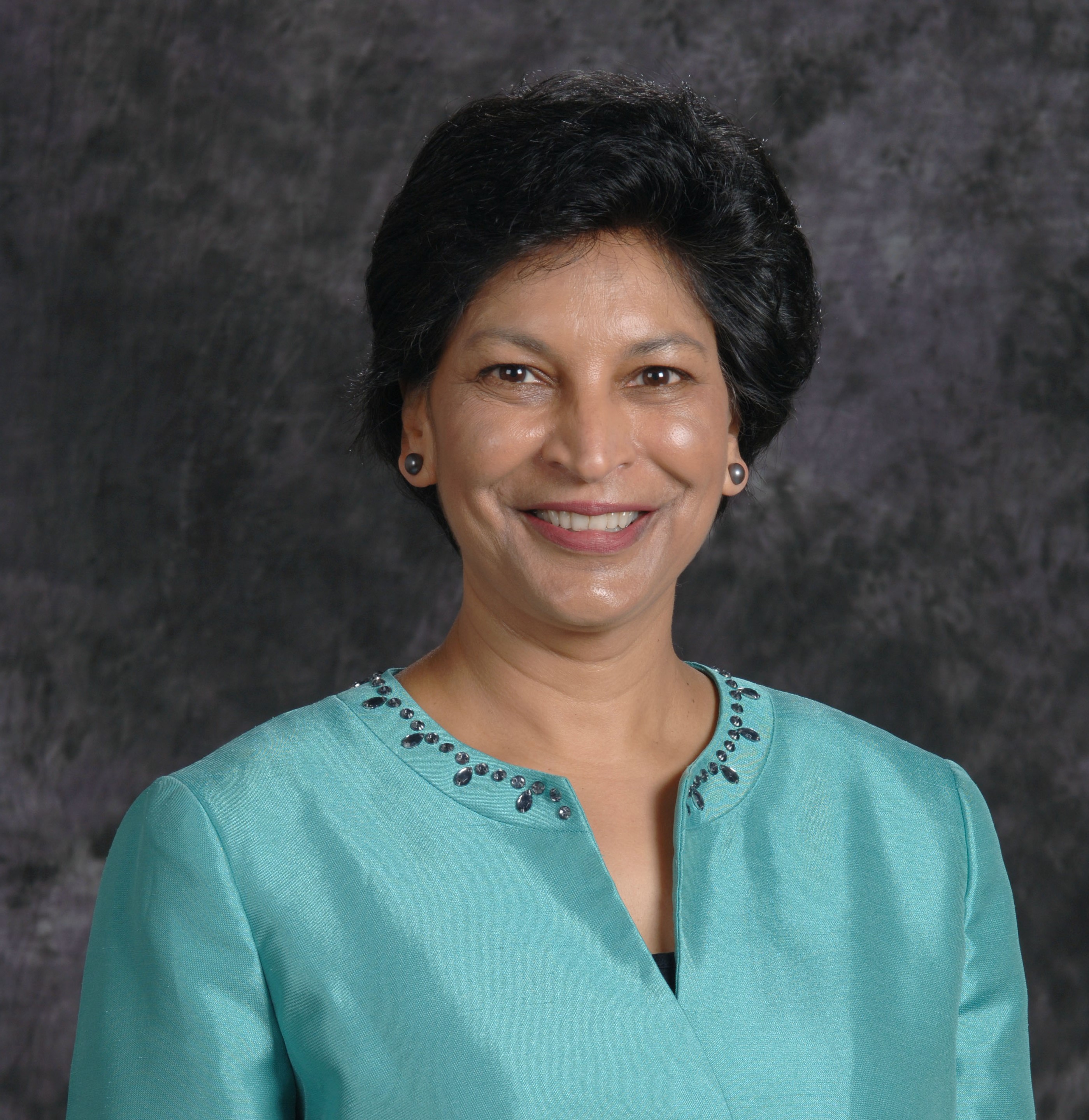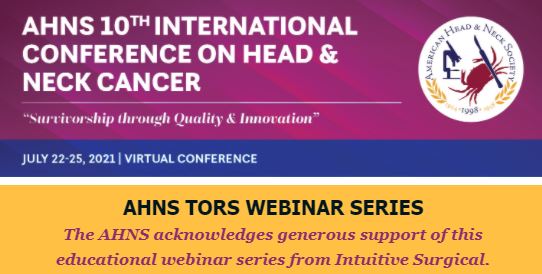2020 Margaret F. Butler Outstanding Mentor of Women in Head and Neck Surgery Award Winner
The 2020 Margaret F. Butler Outstanding Mentor of Women in Head and Neck Surgery Award Winner Dr. Cherie-Ann Nathan Ahead of the AHNS 10th International Conference on Head and Neck Cancer, we pay tribute to the 2020 Winner of the Margaret Butler Outstanding Mentor of Women in Head and Neck Surgery – Dr. Cherie-Ann Nathan. …




